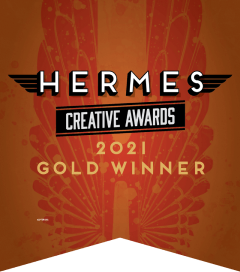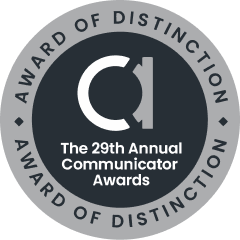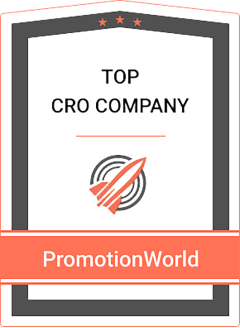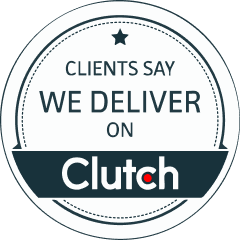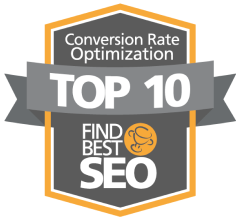You hear your market clamoring for a tool to fill a gap. Or, perhaps, you see the gap and have the foresight to know how to solve a problem and provide an incredible amount of value in the process. So, you start with a necessary function or objective. But yet, the design of elegant technology and artwork have similar creative processes and objectives. The entire UX design process can sometimes be a delicate balancing act among Form and Function, Features and Aesthetics, Development cost and Ergonomics.
As a marketing consultant and UX designer, I consistently see engineers enamored with features. Yes, the things we can do with technology can be awesome. However, users will choose ease-of-use over a list of features nearly every single time. In our schedule-packed culture, users don’t have time to learn how to use a piece of software. It has to be intuitive.
In truth, it is an excellent practice to run every form of technology design through a creative artwork process for aesthetic purposes. However, the technology that people love to use begins with the end user in mind. The technology that revolutionizes our lives sets out the UX design and allows that to define the functional requirements of the application.
Take the origins of the iPad – an iconic example of great design: Steve Jobs asked his engineers for a multi-touch tablet with no keyboard or stylus, and he got one six months later. What started as the iPhone, eventually became the iPad. But before this 21st-century example, major buildings, automobiles, and consumer electronics of all types were initially conceived in a visual form.
By focusing first on the way users will interact with your technology, the work of the developers is better supported by having a clear target that documents and graphically depicts how the application will work. This practice is routine for cloud solutions, but still is in its infancy when it comes to technical desktop applications.
When evaluating the cost of a design-driven development process, Ralf-Speth, CEO of Jaguar Land Rover put it best when he commented: “If you think good design is expensive, you should look at the cost of bad design.” It’s true – bad design, or one that was hastily thrown together to meet a deadline, always costs exponentially more in terms of lost revenue, increased support costs, and customer goodwill. An investment on the front end in great design pays dividends throughout the life of the product.
Here are 5 things to keep in mind when planning your new product design:
1. Make sure you have a UX expert involved in the development from the very beginning. If your product or project manager doesn’t have strong UX/UI experience, bring in a third party who does.
A great product manager is not always a great designer. Neither does a great graphic artist make for a great software designer. The best UX designers have an eye for looking at the way people use a tool and can demonstrate making something feel natural.
2. Don’t get so in love with an idea, a feature, a tool, or a way of doing things that you have to have it.
Sometimes a great idea will carry through the design process. But sometimes you have to be willing to try new things for true innovation to occur.
3. Be sure to create excellent documentation to be delivered in parallel to the wireframes to the development team.
Pictures are worth a thousand words, but often words are required to express an idea thoroughly. Graphic artists have a certain way of looking at the world and developers often have a different way of seeing things. For the most effective collaboration, it is imperative that communication happens through a variety of formats. Design isn’t just about images – it’s telling a story. If you ensure that the story is told thoroughly, and with different audiences in mind, it minimizes the inefficiencies due to lack of clarity.
4. Test, test, and retest.
There is a defined stage of the UX design process for validation, (or as this designer likes to call it – “User Testing”) but often it’s glossed over. There are a good many tools on the market for tracking a user’s interaction, including MouseStats, Usabilla, or TryMyUI. Some things you thought were intuitive, may not be at all. Also, keep in mind that a global user base can present different challenges for a uniform tool. Those insights aren’t readily apparent without some amount of user testing.
5. Update the design as development progresses such that application and design remain in sync.
The design and development process can be an ongoing, ever-changing beast to wrangle. As new features are added, the design team is challenged to incorporate those into an already-static wireframe. Having the UX designer as a key stakeholder in the project from the beginning (#1) helps in this process. However, it’s necessary to continue to work hand-in-hand with development, throughout the product lifecycle.



